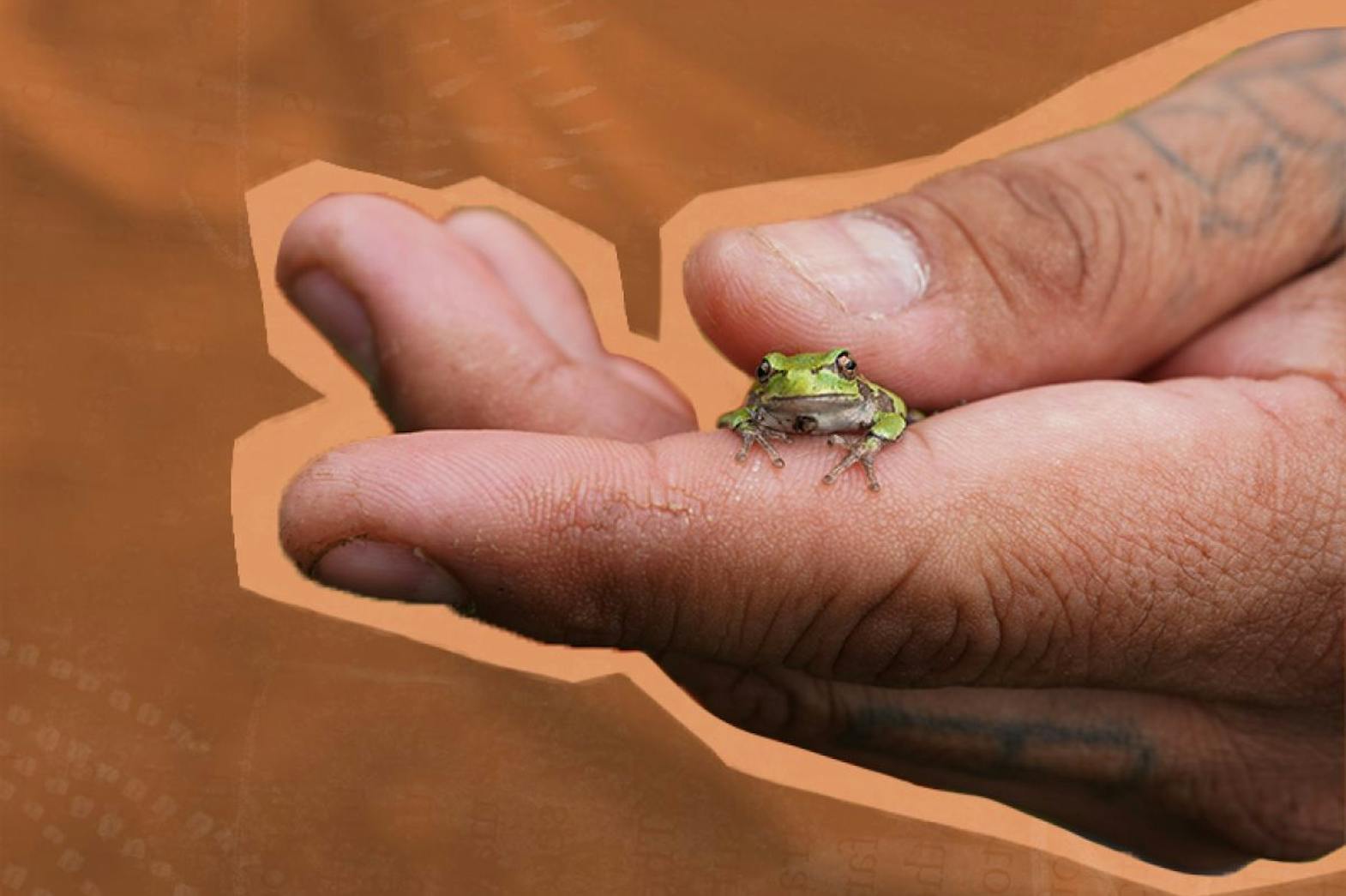There is a quote from Mary Brave Bird, a Lakota woman, writer, and activist that has always stood out to me. She said:
The land is sacred. The land is our mother, the river is our blood.
For millennia, Indigenous peoples have been expertly managing the lands and waters that settlers call Canada and North America. Holding rich knowledge systems about the territories in which they live and practicing methods of stewardship developed through generations and defined by land-based laws, deep values, and spiritual connections, Indigenous Peoples are better positioned than colonial systems to monitor and manage our ecosystems.
National parks and protected areas, as embodied in Canadian law and pervasive paradigms, have designed conservation to become a romanticized idea of an untouched, people-free “wilderness.” To manifest this vision, colonial settlers displaced and prevented Indigenous peoples from accessing traditional resources and sacred sites. This “wilderness” concept of national parks was an early tool that deliberately perpetuated colonial injustices, as well as advanced capitalist ventures such as recreation and tourism while excluding Indigenous peoples as beneficiaries in many capacities.
Bridging the Silos
Traditional/Indigenous knowledge systems are an alternative to “western” theory and the scientific method. However, a false dichotomy exists in that there actually is a lot of common ground between the two. Science is the pursuit of knowledge. Indigenous knowledge systems are grounded in interconnectedness, holism, and oral narratives that recount specialized understandings of encounters with local ecosystems. To achieve biodiversity goals, our conservation areas do not need to be void of humans. Indigenous ways of knowing and being can be weaved into modern science and help to inform decision making around ecological integrity.
Research from the Territories of Life Report (2021) suggests that despite comprising only five percent of the world’s population, Indigenous people protect eighty percent of the world’s remaining biodiversity. Indigenous methods for managing land and resources not only contribute to increased biodiversity (even when compared to protected areas) but also help reduce deforestation, carbon emissions, and the risk of wildfires.
With heightened discourse and action on reconciliation efforts in Canada, this presents an opportunity for Indigenous Nations to regain their sovereignty over the land.
We can do this. We can bring together an array of Indigenous knowledge systems and Western sciences to craft a future where the earth is healing and humanity honours and protects non-human relations. When we heal together, we rise together.
Indigenous Protected & Conserved Areas
While IPCAs are still lacking legal recognition in some jurisdictions, they are an important step in the journey towards reconciliation in Canada.
As opposed to Crown-managed, “fortress” conservation, indigenous-led conservation methods:
- Present a long-term commitment to conservation.
- Look at the system as a whole.
- Elevate Indigenous rights, responsibilities, and agency on how lands are managed.
The spirit and intent of IPCAs reflect a new conservation model and have the potential for positive cultural and social outcomes in addition to the conservation of biodiversity. There may be a range of partnerships to support these acts of self-determination, including with Crown governments, environmental NGOs, and humanitarian organizations.
IPCAs, in essence, aim to safeguard Indigenous rights—including the right to exercise free, prior, and informed consent for development on their lands—while also maintaining biodiversity and securing a space where communities can actively practice Indigenous ways of life.
Meaningful, successful, and just conservation doesn’t happen overnight. The work of Indigenous communities in establishing IPCAs clearly points to the need for a transformative shift in the way that conservation areas are approached in Canada.




